This question mentioned that pin 13 has a built-in resistor for the LED that comes standard on most Arduino units. A friend of mine told me that because there's already a resistor on the pin, I don't have to put one on when I plug an external LED into the pin.
This doesn't sit right with me, as I read all over the place that it's very bad to plug in an LED without a current-limiting resistor. I can't find where pin 13 is on the circuit diagram (still getting used to reading those), so I don't know how the built-in resistor is wired.
Question-in-short: Do I need a current-limiting resistor when using pin 13 for a (small) LED?
EDIT: As Polar pointed out below, a single resistor would do the trick. However, I'm really curious as to the positioning of this single (built-in) resistor. If it's in series with the header for P13, then it should limit current. If it's in parallel, I don't think so. However, my electronics knowledge isn't that vast, so I could be mistaken...
